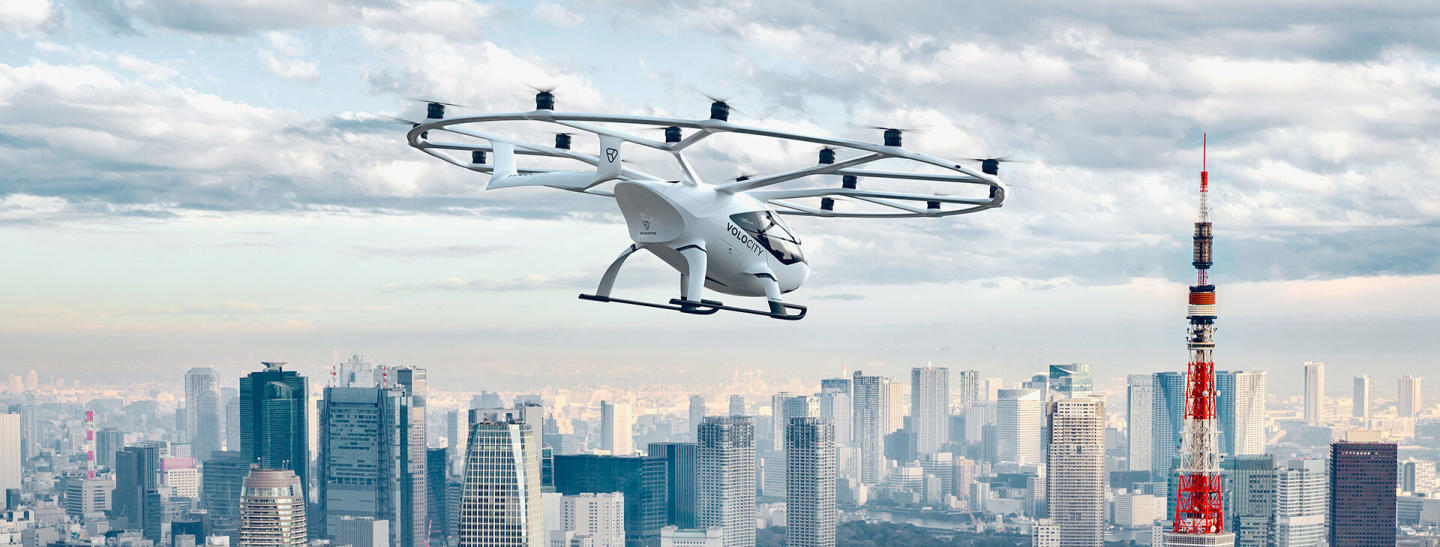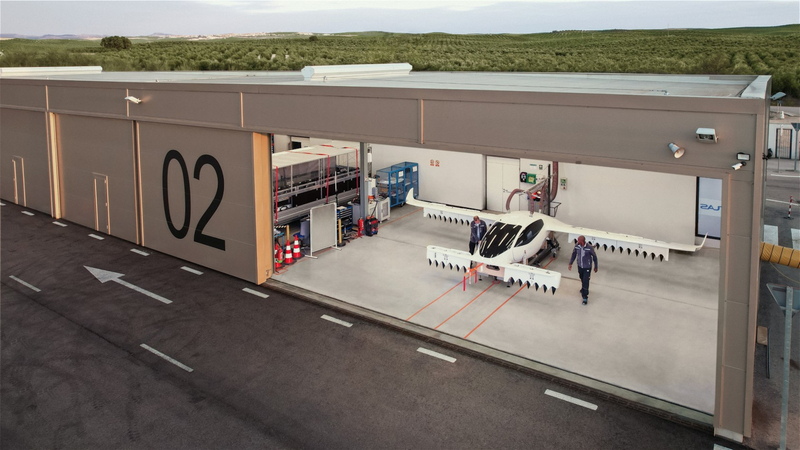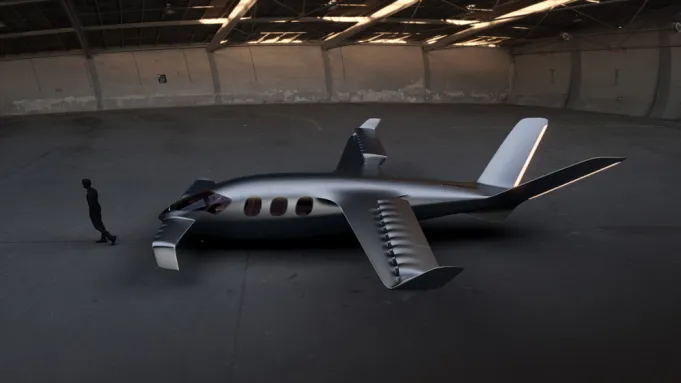The burgeoning field of electric vertical takeoff and landing (eVTOL) aircraft has set off a wave of innovation within urban air mobility. However, not all is smooth flying in this high-stakes industry, as demonstrated by the recent financial troubles of one of its pioneers, Volocopter. Let's examine the causes and implications of Volocopter's financial predicament, providing a snapshot of the challenges startups face in cutting-edge technology sectors.
Background:
Founded in Bruchsal, Germany, Volocopter has been at the forefront of the eVTOL market, aiming to revolutionize urban transportation with its innovative air taxis. Despite significant technological advances and promising prototypes like the VoloCity and VoloRegion, the company's financial sustainability has come under scrutiny.
Recent Financial Challenges:
The company's difficulties came to a head in 2024 when it unsuccessfully sought a €300 million loan guarantee from the state of Baden-Württemberg. This was followed by a reduced request of €100 million from Bavaria, which also faced opposition. This rejection has intensified concerns about the company's ability to continue operations without securing additional capital.
Financial Performance:
The financial performance of Volocopter reveals a broader narrative of the struggle. With total funding amounting to $372.8 million, the company's revenues have not kept pace, recording a modest €242 in the most recent fiscal year. This stark discrepancy highlights the difficulties in managing high operational and development costs in the nascent eVTOL industry.
Implications for the eVTOL Industry:
Volocopter's financial crisis serves as a cautionary tale for the eVTOL industry. It underscores the challenges of balancing groundbreaking technological development with financial viability. The company's struggles may prompt a reevaluation of business models within the sector, stressing the importance of strategic funding and partnerships.
Looking Ahead:
The future of Volocopter hinges on its ability to secure alternative funding sources. As the company explores these avenues, the broader eVTOL market watches closely, aware that the outcome could signal broader industry trends. Will Volocopter navigate its financial storm, or will it be a stark reminder of the economic realities shadowing technological ambitions?
Conclusion:
Volocopter's journey from a promising startup to facing a financial crunch encapsulates the volatile nature of the high-tech aviation market. As the company strives to regain footing, the industry must consider the delicate interplay between innovation and economic sustainability. The path forward for Volocopter and its peers is uncertain but will undoubtedly influence the trajectory of urban air mobility.




